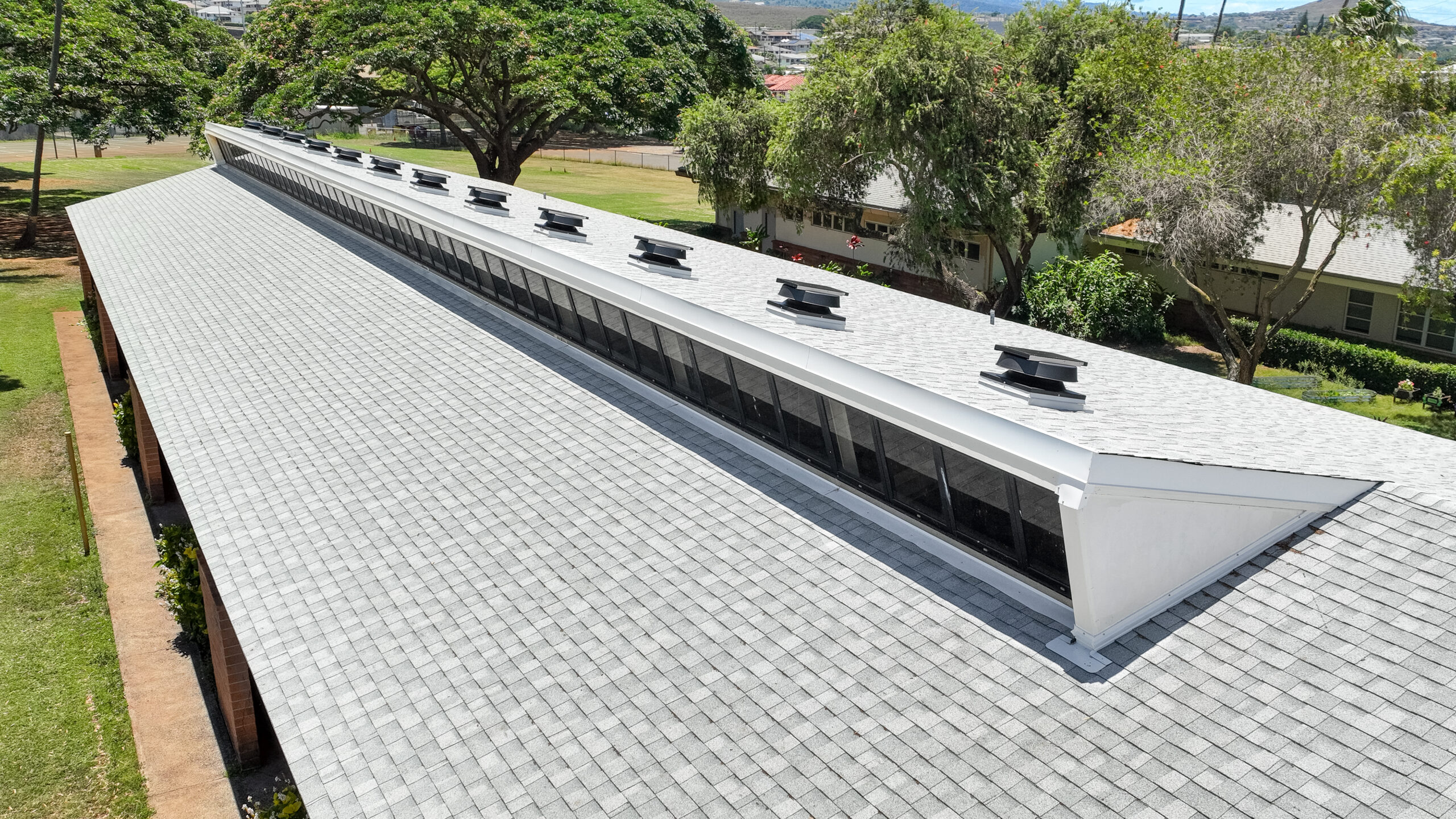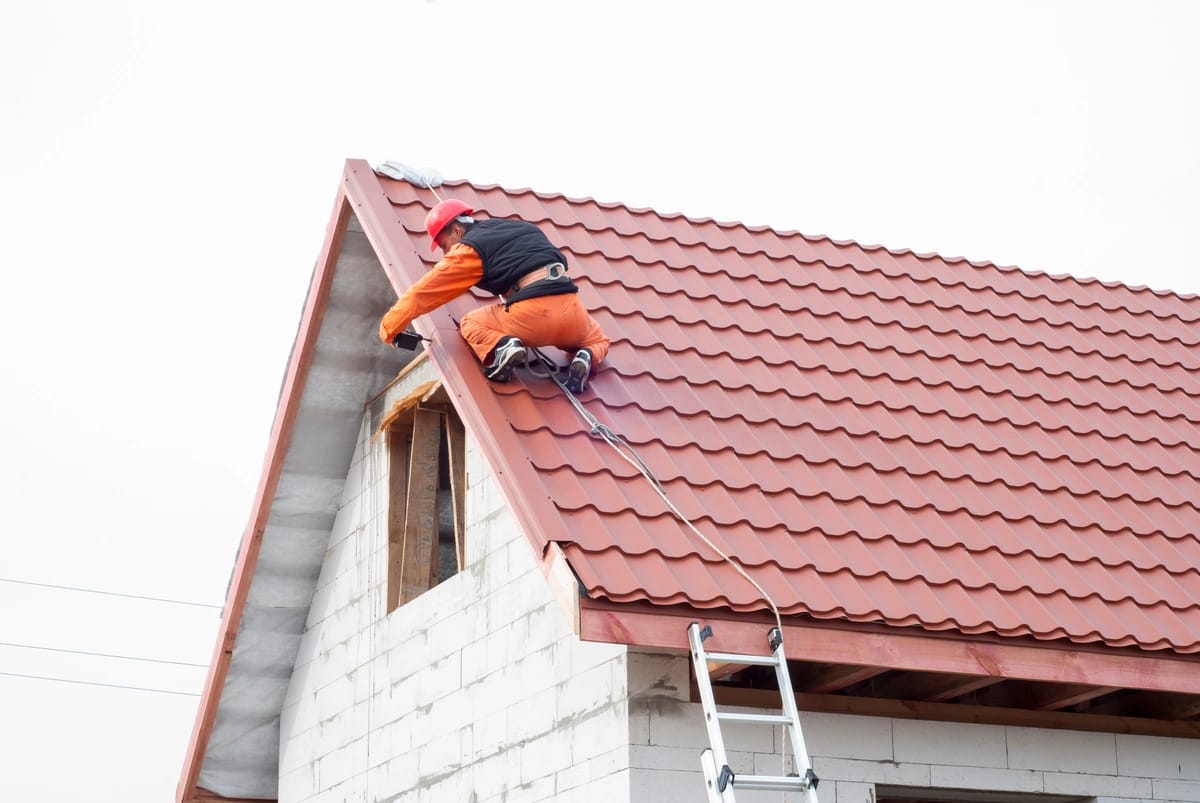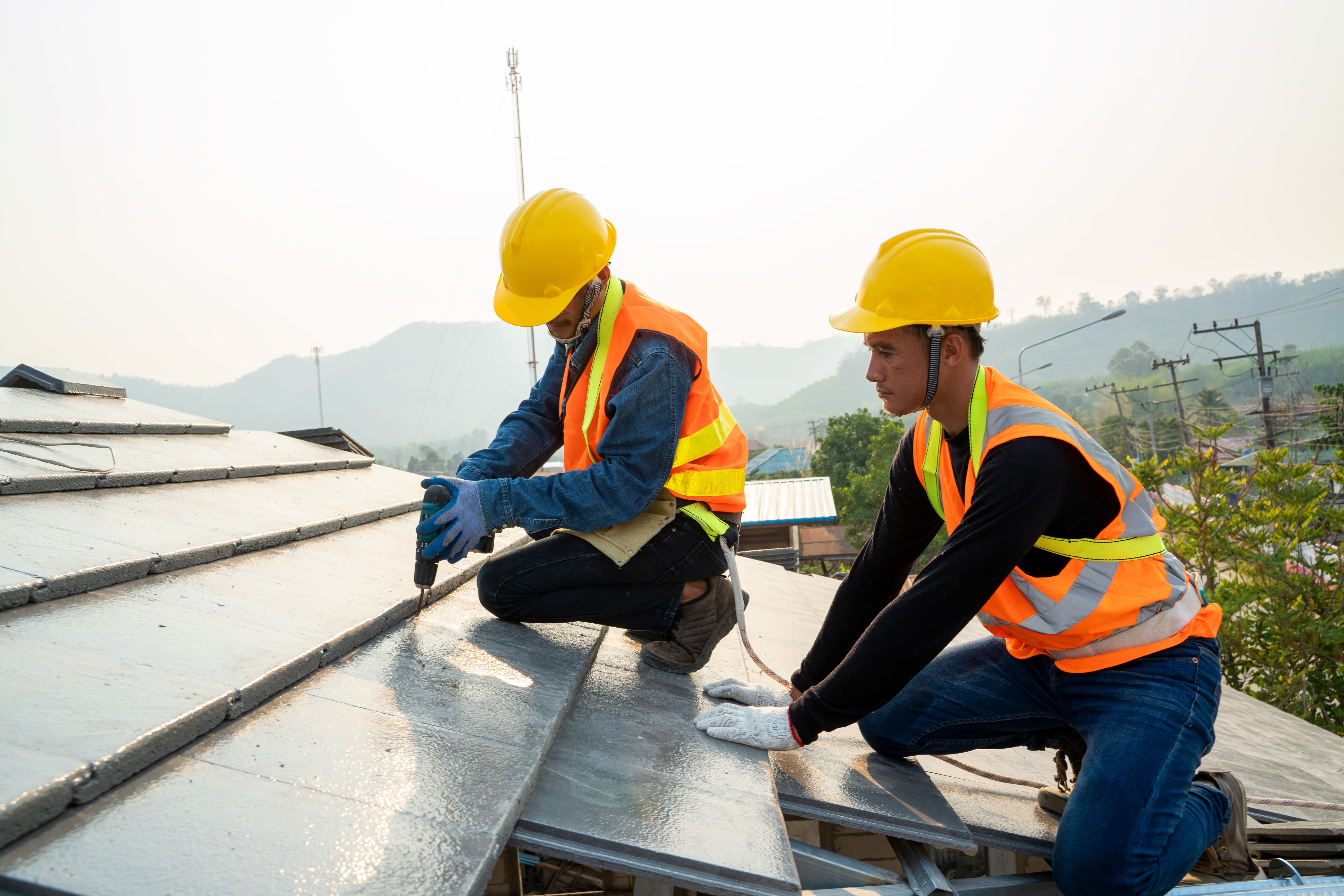Recognizing the Different Kinds of Roof and Their Advantages
Roof is an essential element of any home, affecting not only appearances yet likewise long-term performance and expense efficiency. Each roof type-- from the affordability of asphalt shingles to the long-lasting stamina of steel and the classic appeal of floor tile-- offers distinctive benefits tailored to different demands and preferences. House owners should consider these variables very carefully to identify the most effective fit for their situations. As we discover these alternatives even more, a deeper understanding of each roof kind's unique benefits might disclose surprising insights that could affect your decision-making procedure dramatically.
Asphalt Tiles
When considering roof covering alternatives, asphalt shingles usually become a popular choice due to their balance of affordability, sturdiness, and visual charm (oahu roofing contractors). These roof shingles are composed of a fiberglass mat covered with asphalt and granules, giving a durable barrier against weather elements. Their light-weight nature enables simple installation, making them a recommended alternative for both specialists and property owners
Asphalt shingles are available in two primary kinds: three-tab and architectural. Three-tab tiles are flatter and supply a much more conventional look, while building shingles have a thicker make-up and supply a dimensional appearance. Both kinds are available in a range of designs and colors, enabling homeowners to personalize their roof covering to match their home's style.
One of the essential benefits of asphalt tiles is their cost-effectiveness; they are typically much less pricey than various other roofing materials, such as floor tile or slate. Overall, asphalt tiles stand for a useful and aesthetically appealing roof remedy for numerous household applications.
Steel Roofing
Metal roof has actually obtained substantial popularity among property owners and building contractors as an energy-efficient and resilient option to standard products like asphalt roof shingles. Consisting of products such as steel, aluminum, and copper, metal roofing systems are understood for their durability, typically enduring 40 to 70 years with very little maintenance. This excellent life expectancy substantially minimizes the frequency of roofing system replacements, translating to long-term price financial savings.
Among the vital benefits of steel roof is its energy efficiency. Steel mirrors solar induction heat, which can help reduced air conditioning expenses in warmer environments. Furthermore, many steel roof covering items are produced with recycled products, making them an eco-friendly selection.
Steel roofs are additionally very immune to extreme climate conditions, consisting of high winds, hefty rainfall, and snow. This durability lessens the danger of leaks and other damage, providing peace of mind to homeowners. Moreover, metal roofing is available in various designs, shades, and coatings, allowing for customization to match any type of building layout.
While the initial investment might be greater than traditional roof covering choices, the long-lasting benefits of longevity, power performance, and reduced maintenance make steel roof covering a beneficial factor to consider for modern-day homes.
Ceramic Tile Roof
Tile roofing offers home owners an unique visual and outstanding sturdiness, making it a preferred choice for numerous architectural styles, especially in warmer environments. This roof covering material is offered in a range of shades, products, and shapes, consisting of clay and concrete, permitting functional design choices that can enhance a home's aesthetic appeal.
One of the primary advantages of floor tile roofing is its long life. With proper maintenance, floor tile roof coverings can last upwards of 50 years or more, outshining many other roof products.
Another advantage of ceramic tile roofing is its low upkeep demands. While installation can be a lot more expensive compared to other roofing types, the investment is commonly warranted by the long-term savings on repairs and substitutes. In addition, floor tile roofing is ecologically pleasant, as numerous ceramic tiles are made from natural materials and are recyclable at the end of their life process.
Wood Tiles and Shakes
Timber shingles and trembles deal a natural appeal and heat that can enhance the aesthetic of any home, making them a preferred selection among homeowners who appreciate natural materials. These roofing alternatives are typically made from cedar, redwood, or pine, giving a rustic appeal that enhances different architectural styles.

Timber roof shingles are machine-cut, offering an uniform look and smooth surface. In contrast, trembles are hand-split, causing a more irregular and textured appearance. This difference can affect the total design and personality of a home, with trembles usually providing a much more sturdy, natural feel.
One of the key benefits of wood roof covering is its superb insulation residential properties, which can assist control indoor temperatures while lowering energy prices. Additionally, timber tiles and drinks look at these guys can be treated with fire resistants and preservatives to boost their longevity and resistance to decay, insects, and wetness.
Nonetheless, it is necessary to take into consideration the upkeep needs connected with timber roof covering. Routine assessments, cleaning, and treatment are necessary to extend its life-span. When properly cared for, wood shingles and shakes can provide a stunning and enduring roof service that elevates any residential property's visual charm.
Eco-Friendly Roof Covering Options
As ecological awareness expands, home owners are progressively looking for environment-friendly roofing options that not just reduce their carbon footprint yet additionally contribute to sustainable living. roofing contractors oahu. These roofing solutions are made to lessen environmental influence while boosting next page energy performance and sturdiness
One popular alternative is steel roof covering, which is commonly made from recycled materials and flaunts a long life expectancy, decreasing the demand for regular replacements. Metal roofing systems mirror solar warm, therefore reducing power costs. An additional practical selection is rubber roofing, normally made from recycled tires, providing superb insulation and sturdiness.
Environment-friendly roof coverings, which integrate plants and soil, supply natural insulation, help with stormwater monitoring, and enhance air quality. They are particularly valuable in urban locations, helping to reduce the warmth island effect. Furthermore, solar floor tiles are gaining traction; they incorporate traditional roof products with photovoltaic technology, allowing home owners to produce their very own electricity while maintaining visual charm.

Conclusion
Asphalt shingles offer an economical alternative with moderate sturdiness, while metal roofing supplies phenomenal longevity and energy effectiveness. Floor tile roofing stands out for its aesthetic charm and longevity, and wood roof shingles improve insulation yet require persistent upkeep.
